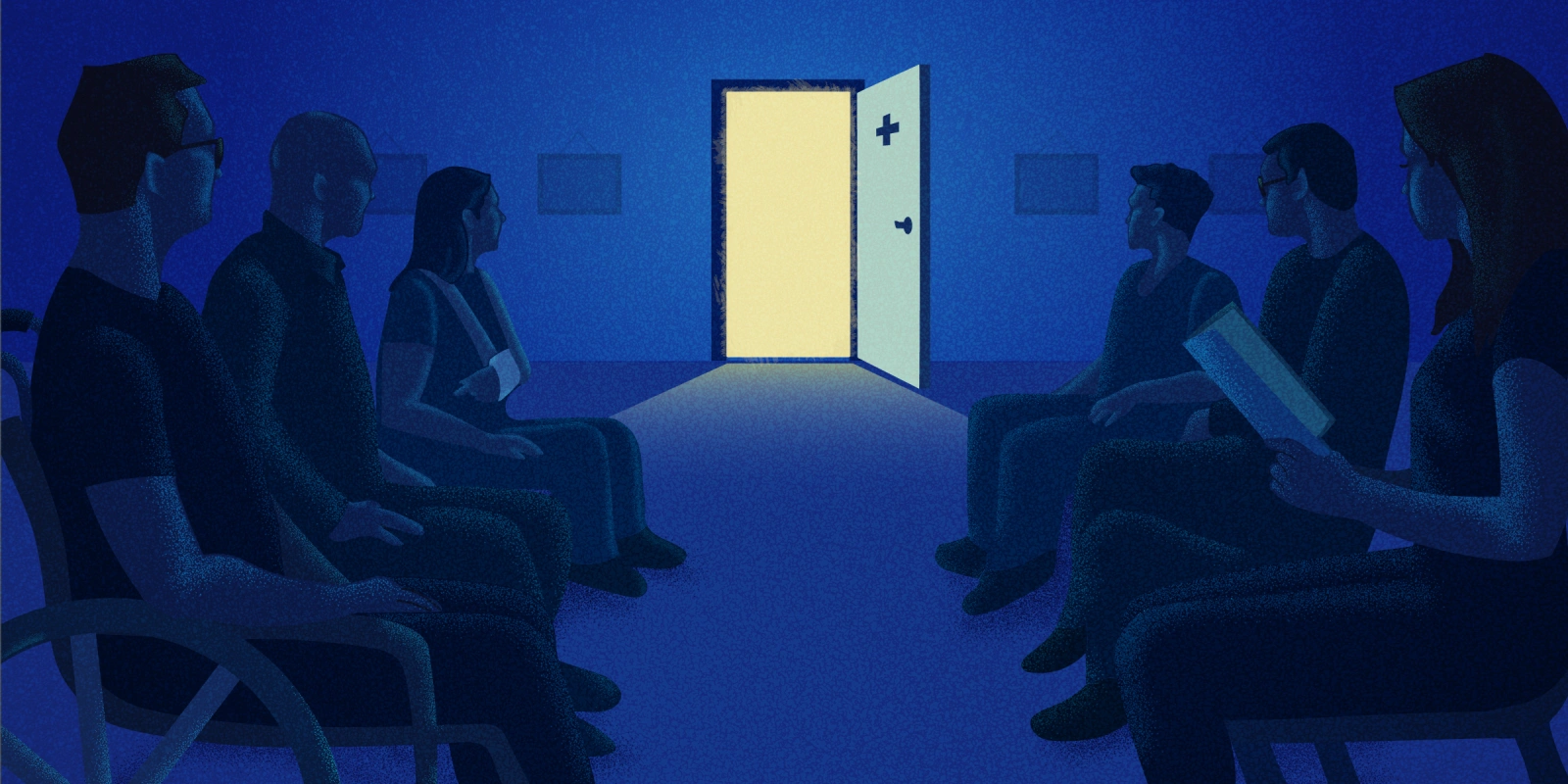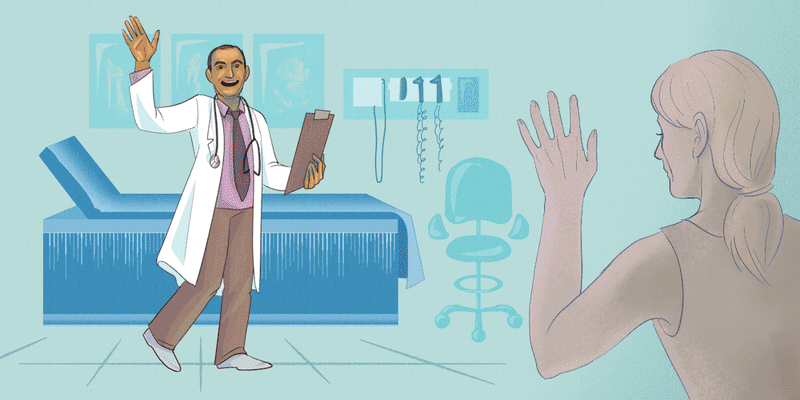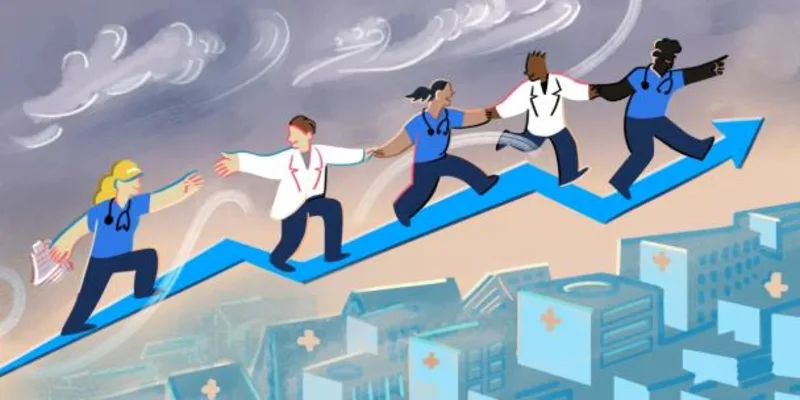With any innovation, it is important to ride the wave of the current environment. Today, it’s easy to assume the next wave of health care is technological — particularly in the form of artificial intelligence. Boardrooms and physician lounges around the world debate where and how AI should be deployed. This wave will undoubtedly transform health care in ways we can anticipate — and in ways we cannot. I won’t argue against this momentum. However, I offer one observation: human nature tends to follow its own course. We must not ignore that wave. And nowhere is human nature more evident than in the ER.
Emergency medicine is simultaneously chaotic and elegant. Its brilliance lies in the simplicity of a single entry point — a funnel through which anyone can seek care for any concern. The total addressable market is vast: at some point, everyone will face a need for emergent care, whether directly or through loved ones.
Human instinct tends to favor simple, immediate solutions. Yet traditional health care thinking resists this, insisting ERs be reserved for “true emergencies.” And practically speaking, it would seem to make perfect sense. “Emergency rooms should be for emergencies” is the mantra in ERs throughout the country. Patients with minor concerns are encouraged to seek care elsewhere or manage at home. This thinking has inspired initiatives aimed at pushing patients to self-divert to alternative destinations such as urgent care, primary care, or telemedicine — promising shorter waits or lower costs.
Yet despite these efforts, anyone who has tried navigating the health care system, especially in moments of uncertainty or urgency, knows it’s becoming more challenging to navigate, not less. As an ER physician frequently approached by friends and family seeking guidance on health care navigation, I know this firsthand.
But what if we are approaching this the wrong way? Are we wasting time and resources trying to change human nature — in essence, fighting the wave instead of riding it?
In his book “Zero to One,” Peter Thiel describes a favorite interview question: “What important truth do very few people agree with you on?” In the start-up world, the ideal position is typically to be non-consensus and right. Could there be an emergency medicine model that is both non-consensus and right? Is there a model that embraces natural patient behavior and encourages centralized access to triage patients to the appropriate care efficiently?
Cynics will raise logistical and financial objections: shortages in staffing, limited access to specialists, inconsistent reimbursement, bureaucracy, and administrative resistance. These are legitimate concerns — but they feel most daunting when viewed through a static lens. If instead we adopt a dynamic view with the expectation that the world and health care will evolve, such challenges become hurdles to be addressed, not immovable walls.
Medicine has long craved innovation while simultaneously resisting change. The challenge lies in stepping back, seeing the broader current, and being willing to question our own perspectives rather than anchoring to them. A wise colleague and mentor once told me, “You have to meet people where they are.” I don’t pretend to have all the answers to our complex health care system. However, the essential question remains: What is the right wave, and how do we ride it in a way that truly benefits everyone?
In what ways do you think the future of health care technology should evolve or change to better benefit doctors and patients? Share below.
Dr. Cross is an emergency medicine physician based in Fairhope, Alabama. He completed his medical education at Kansas City University of Medicine and residency in emergency medicine at the University of Mississippi Medical Center, followed by over 10 years of practice in community emergency medicine. Most recently, he completed a Biodesign Innovation Fellowship at the Texas Medical Center in Houston, TX, and is the CMO for Bairitone Health. His interests include medical innovation and health care navigation.
Illustration by Diana Connolly







